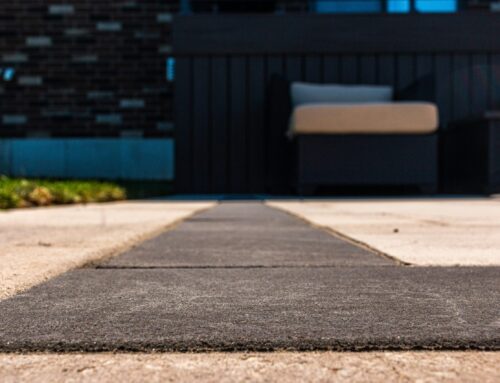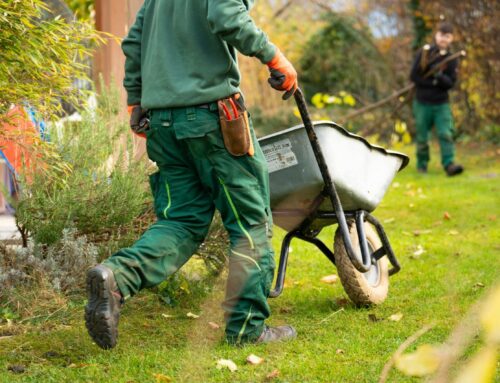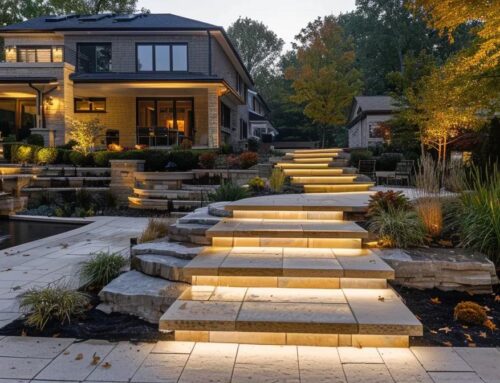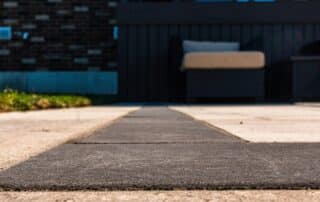Hardscaping transforms an ordinary outdoor space into an inviting, structured, and long-lasting environment. Creating a dream backyard goes beyond soft landscaping by integrating patios, walkways, retaining walls, fire pits, and water features. This article explores the best hardscaping elements for your backyard, provides guidance on material selection, offers versatile design ideas for different styles, and explains how to plan, budget, and maintain your hardscape. With these techniques, your yard can become a year-round retreat that blends aesthetic appeal with functional durability, increases property value, and reduces maintenance time.
What Are the Best Hardscaping Elements to Include in Your Backyard?
When planning a hardscaping project, choosing the right elements is essential to achieve a cohesive, durable design. Hardscape elements offer structure, longevity, and aesthetic appeal while defining functional zones in your backyard.
How Do Patios Enhance Your Backyard Design?
Patios create dedicated spaces for outdoor dining, relaxation, and entertaining. They provide a versatile, flat surface that accommodates various furniture styles—from outdoor dining sets to lounge areas. Materials such as flagstone, pavers, and natural concrete ensure durability and design flexibility. A modern patio with large, irregular pavers can improve drainage and evoke a cottage garden style. Key considerations include sun exposure, privacy, and integration with greenery, making patios both attractive and low maintenance.
What Are Popular Walkway Designs and Materials?
Walkways improve accessibility and guide guests through different functional areas. Common materials include gravel, stone, or pavers arranged in mosaic or interlocked patterns. Designs may be linear and modern with geometric pavers or more organic, following the natural contours of the landscape. Effective walkways ensure proper drainage and slip resistance while enhancing the overall charm and curb appeal of your yard.
How Can Retaining Walls Improve Backyard Usability and Style?
Retaining walls help create level spaces in sloped yards, prevent soil erosion, and manage water runoff. They also serve as seating areas, garden borders, or focal points. Materials such as natural stone, concrete blocks, or reclaimed wood offer distinct aesthetics—from rustic charm to modern sophistication. Adding climbing vines or drought-resistant hedges can soften the wall’s appearance and integrate it into the overall landscape.
Why Add Fire Pits for Ambiance and Outdoor Living?
Fire pits extend outdoor living into cooler months by providing warmth and a natural gathering spot. They serve as focal points that invite social interaction and can be built into the hardscape or set as portable options. In addition to ambiance, fire pits offer practical heating, reducing the need for other outdoor heating methods. When safely installed, they enhance both the beauty and functionality of your backyard.
What Types of Water Features Create Relaxing Backyard Spaces?
Water features such as fountains, ponds, and waterfalls add movement, soothing sounds, and visual appeal to your hardscape. They can act as natural air purifiers, attract wildlife, and help moderate temperatures. Options range from minimalist modern fountains with sleek lines to natural-looking ponds with aquatic plants. These elements also offer creative opportunities for lighting and reflection to enhance ambiance day and night.
How Do You Choose the Right Materials for Your Hardscaping Project?
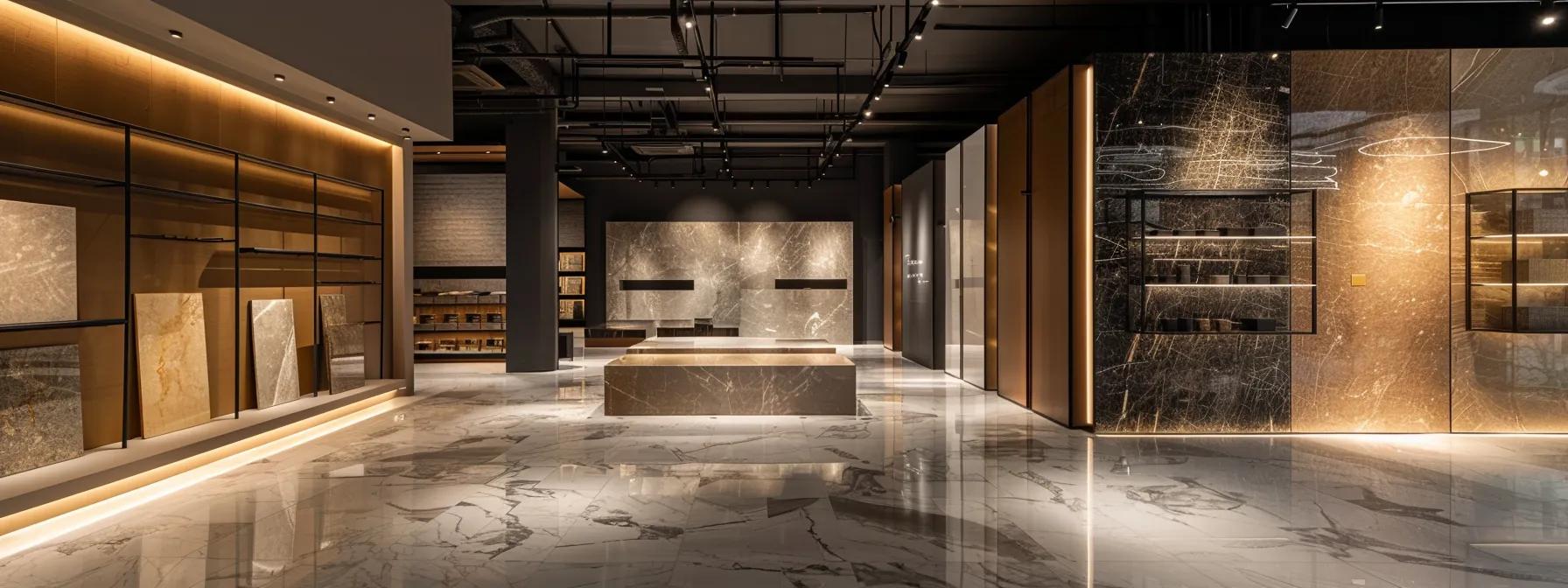
Material selection is critical as it impacts the appearance, durability, and maintenance of your hardscaping features. Your choice should reflect your design vision, local environmental conditions, and budget.
What Are the Pros and Cons of Pavers for Patios and Walkways?
Pavers are popular due to their versatility and diverse color and shape options. They are relatively easy to install and allow for individual replacement if damaged. However, pavers may require periodic maintenance like weed control and re-sanding, particularly in high rainfall areas or extreme climates where shifting and cracking can occur.
How Does Natural Stone Compare to Concrete and Composite Materials?
Natural stone offers unique texture and color variations that add a rustic, timeless feel but often comes at a higher cost and more complex installation. In contrast, concrete and composite materials provide a sleek, modern finish, are generally more cost-effective, and can be molded into various shapes. Composite blends may also improve sustainability while offering durability, making them viable alternatives to traditional stone.
Which Sustainable Materials Are Best for Eco-Friendly Hardscaping?
Eco-friendly materials such as recycled concrete, reclaimed stone, and permeable pavers help reduce environmental impact by promoting water conservation and reducing runoff. Permeable pavers, in particular, support soil health by allowing water to filter naturally through. Locally sourced composite materials also reduce transportation emissions and offer robust performance with a lower environmental footprint.
How Do Material Choices Affect Durability and Maintenance?
Durability and maintenance largely depend on material performance against weather and usage. High-quality pavers and sealed natural stone are resilient, though some may need periodic resealing. Concrete surfaces offer minimal upkeep but may show cracking if the soil shifts. Balancing aesthetic appeal with practical considerations like weather resistance and ease of cleaning is essential for long-lasting performance.
What Are Inspiring Hardscaping Design Ideas for Different Backyard Styles?
Hardscaped backyards can be tailored to reflect modern minimalism or rustic charm while meeting functional needs. Trendy designs today focus on multi-functional spaces that integrate dining, lounging, cooking, and socializing seamlessly.
How to Create a Modern Patio Design That Fits Your Backyard?
Modern patio designs emphasize clean lines, neutral palettes, and open spaces. Large-format pavers, integrated lighting, and modular outdoor furniture create a sleek and functional space. Minimalistic fire pits and strategically placed planters enhance both beauty and sustainability, making modern patios ideal for versatile outdoor dining and relaxation.
What Are Rustic and Traditional Hardscaping Design Elements?
Rustic designs draw inspiration from nature using natural stone, reclaimed wood, and earthy brick. A cobblestone walkway, wooden pergola draped with vines, and a stone fire pit can evoke a warm, traditional charm. Rich textures, warm hues, and handcrafted details help create a welcoming, timeless backyard that transitions smoothly between different outdoor zones.
How to Incorporate Outdoor Kitchens Into Your Backyard Layout?
Outdoor kitchens are central to modern hardscapes, combining culinary functionality with outdoor living. They typically feature a built-in grill, durable countertops, and weather-resistant storage. Placed near seating areas yet designed to minimize smoke issues, these kitchens enhance entertainment value while using materials like stainless steel and stone or concrete for durability.
What Are Creative Fire Pit and Seating Area Designs?
Innovative fire pit designs range from circular arrangements with surrounding built-in seating to freestanding units complemented by modular furniture. Contemporary designs may incorporate geometric stacked stones with LED lighting, while rustic styles feature natural log benches and cozy textiles. The goal is to create a focal gathering spot that provides both warmth and visual enhancement.
How Do You Plan and Budget for Your Hardscaping Project?
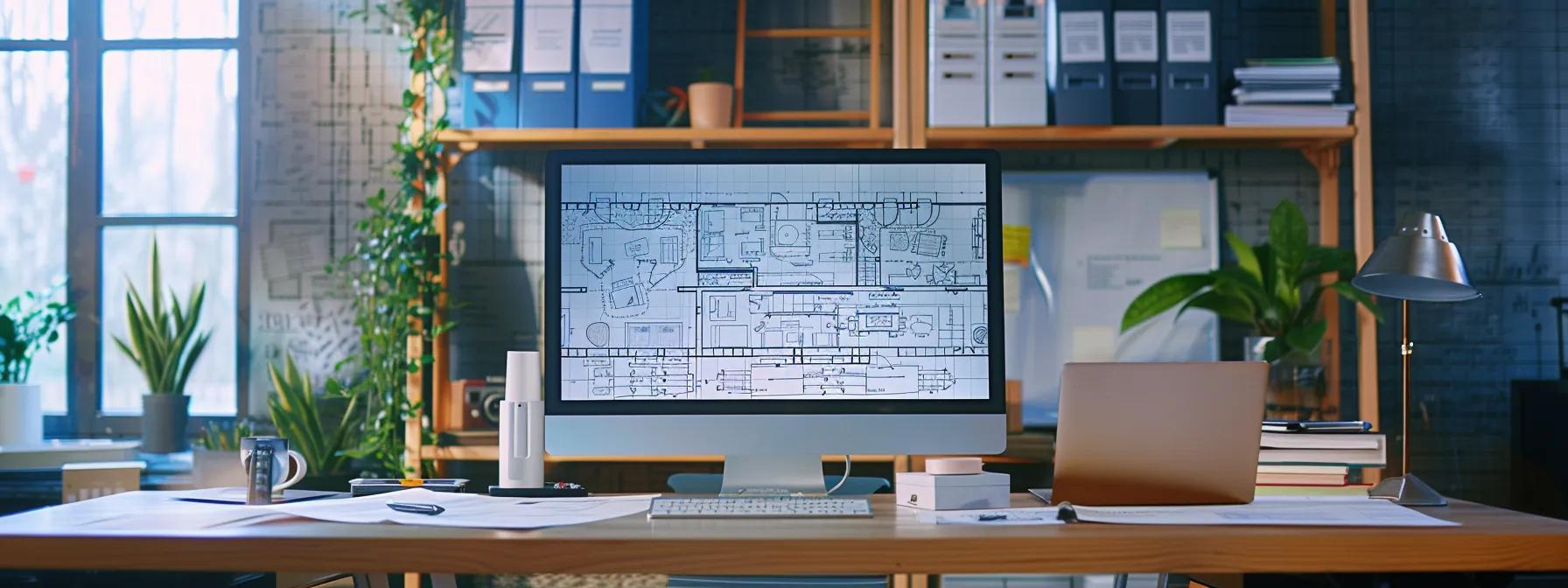
A well-planned hardscaping project starts with a clear design and a realistic budget. Detailed planning ensures efficient use of space while reflecting your personal style, and budgeting involves balancing quality, durability, and aesthetics with available funds.
What Is the Average Cost of Common Hardscaping Features?
Costs vary by feature and complexity. A basic patio can range from $10 to $30 per square foot, while a custom outdoor kitchen may cost between $15,000 and $50,000. Retaining walls, walkways, and fire pits also differ widely, with simpler installations costing a few hundred dollars and more intricate designs costing significantly more. Obtaining multiple estimates for materials and labor is key to staying within budget.
How to Effectively Plan Space for Patios, Walkways, and Outdoor Kitchens?
Effective space planning involves creating scaled drawings or digital mockups of your backyard. This helps determine optimal placement for patios, walkways, and outdoor kitchens while considering circulation, sun exposure, and accessibility. Coordinating these zones ensures a coherent and balanced design that maximizes functionality and appeal.
What Local Regulations Should You Consider Before Installation?
Before beginning your project, research local zoning laws, permits, and building codes. Regulations may affect building heights, setback requirements, and drainage solutions. Compliance not only avoids legal issues but also ensures safe and stable constructions. Consulting with local authorities or professionals can help clarify these requirements.
How Can You Maintain and Sustain Your Hardscaping Features Long-Term?
Regular maintenance preserves both appearance and functionality. Periodic cleaning, sealing, and inspections are vital to mitigate weathering effects and ensure long-term performance.
What Are Best Practices for Water Feature Maintenance?
Water features need consistent care. Regularly remove debris, manage algae, and check for leaks or pump issues. Periodic cleaning of filters and water replacement, along with non-toxic algaecide treatments, can help maintain water clarity and functionality, keeping these features visually and functionally appealing.
How to Preserve Patios and Walkways Against Weather Damage?
Avoid weather damage by applying sealants and protective coatings to guard against water, UV radiation, and freeze-thaw cycles. In harsh climates, additional drainage solutions and regular inspections help prevent cracks and deterioration, ensuring that patios and walkways remain safe and attractive.
What Eco-Friendly Practices Support Sustainable Hardscaping?
Incorporate recycled materials, permeable pavers, and native plantings to create an eco-friendly design. These practices reduce runoff, support groundwater recharge, and lower maintenance demands while offering attractive, sustainable solutions.
How to Incorporate Water Conservation in Hardscaping Design?
Utilize permeable pavers and rainwater harvesting systems to improve water efficiency. Strategically place drought-resistant plants and plan zones specifically for low-water needs. These measures conserve water and help maintain a lush, vibrant landscape with reduced irrigation requirements.
What Are the Latest Trends in Hardscaping Design for 2024 and Beyond?

Recent trends focus on multi-functional outdoor spaces that merge living, dining, and cooking areas with natural and sustainable design elements. Homeowners increasingly seek luxurious yet eco-friendly solutions that combine technology with traditional hardscape features.
Why Are Outdoor Kitchens and Fire Pits Increasing in Popularity?
Outdoor kitchens and fire pits extend indoor comforts outdoors, creating inviting, all-season spaces. High-end appliances, custom-built features, and smart lighting enhance functionality while emphasizing design aesthetics, making these elements highly sought after.
How Are Sustainable Materials Shaping Modern Hardscaping?
Modern designs favor recycled pavers, reclaimed wood, and locally sourced stone. Such materials not only enhance visual appeal but also align with sustainability goals by reducing environmental impact and promoting energy efficiency.
What Innovative Lighting and Technology Enhance Hardscaping?
Integrating LED lighting and smart control systems into patios, walkways, and water features creates dramatic visual effects while improving safety and energy efficiency. These technologies allow for adaptive lighting and real-time monitoring, modernizing traditional hardscape designs.
How to Use 3D Design Tools for Planning Your Backyard Hardscape?
3D design tools allow you to visualize your project by adjusting layouts, material choices, and color schemes before installation. They enable experimentation with different configurations and facilitate collaboration with professionals, reducing costly revisions and ensuring the final design meets your expectations.
Where Can You Find Expert Hardscaping Services and Inspiration Locally?
Local hardscaping professionals offer expertise, craftsmanship, and insights into regional design trends. Visiting display gardens, showrooms, and online galleries can further inspire your project by showcasing successful implementations.
How to Choose the Right Hardscaping Contractor Near You?
Start with research and referrals; review portfolios and testimonials. Ensure the contractor is licensed and insured, and discuss detailed proposals including timelines, cost estimates, and maintenance plans.
What Are Examples of Successful Backyard Hardscaping Projects?
Successful projects blend functionality, aesthetics, and sustainability. Examples include contemporary patios with integrated seating, fire pits with custom-built benches, or traditional designs featuring reclaimed wood pergolas and natural stone walkways. These case studies often include before-and-after photos and client testimonials as practical inspiration.
How to Use Online Galleries and Platforms for Design Inspiration?
Online galleries offer high-quality images, project descriptions, and interactive 3D models to help you visualize potential layouts. They allow you to create mood boards and connect with professionals for personalized ideas that balance practicality with elegance.
What Questions Should You Ask During a Hardscaping Consultation?
Ask about design processes, material selections, cost estimates, project timelines, and maintenance requirements. Inquire regarding the contractor’s experience, sustainability practices, and post-installation support including warranties and 3D design simulations to better visualize the outcome.
Frequently Asked Questions
Q: What are hardscaping elements and why are they important in backyard design?
A: Hardscaping elements such as patios, walkways, retaining walls, fire pits, and water features provide structure, durability, and functionality. They define distinct areas, help with water management, and enhance the overall aesthetic appeal of your backyard.
Q: How do I select the right materials for my hardscaping project?
A: Material selection depends on design goals, local climate, budget, and maintenance needs. Compare options like natural stone, concrete, and composites. Sustainable choices like reclaimed materials offer durability while reducing environmental impact.
Q: What are the benefits of incorporating water features in a backyard hardscape?
A: Water features bring dynamic visual and auditory appeal, improve air quality, attract wildlife, and help moderate temperatures. They can serve as focal points that enhance the overall tranquility of your outdoor space.
Q: How can I ensure that my hardscape design is eco-friendly and sustainable?
A: Choose recycled or locally sourced materials, use permeable surfaces, and integrate native plants and energy-efficient lighting. These practices conserve water, reduce runoff, and lower maintenance, promoting a sustainable design.
Q: What should I consider when budgeting for a hardscaping project?
A: Factor in material and labor costs, permits, and contingency funds. Prioritize high-impact areas such as patios and outdoor kitchens while ensuring overall design coherence and planning for regular maintenance expenses.
Final Thoughts
Hardscaping transforms your backyard into an attractive, durable, and functional outdoor living space. With careful planning, smart material choices, and thoughtful integration of design elements, you can create a backyard that is both visually captivating and practically efficient. Whether you prefer a modern minimalist design or a rustic, traditional look, understanding the available elements and aligning them with your goals will ensure a timeless, resilient hardscape that evolves with your lifestyle.

